May 18–Jul 18, 2023
Online
-
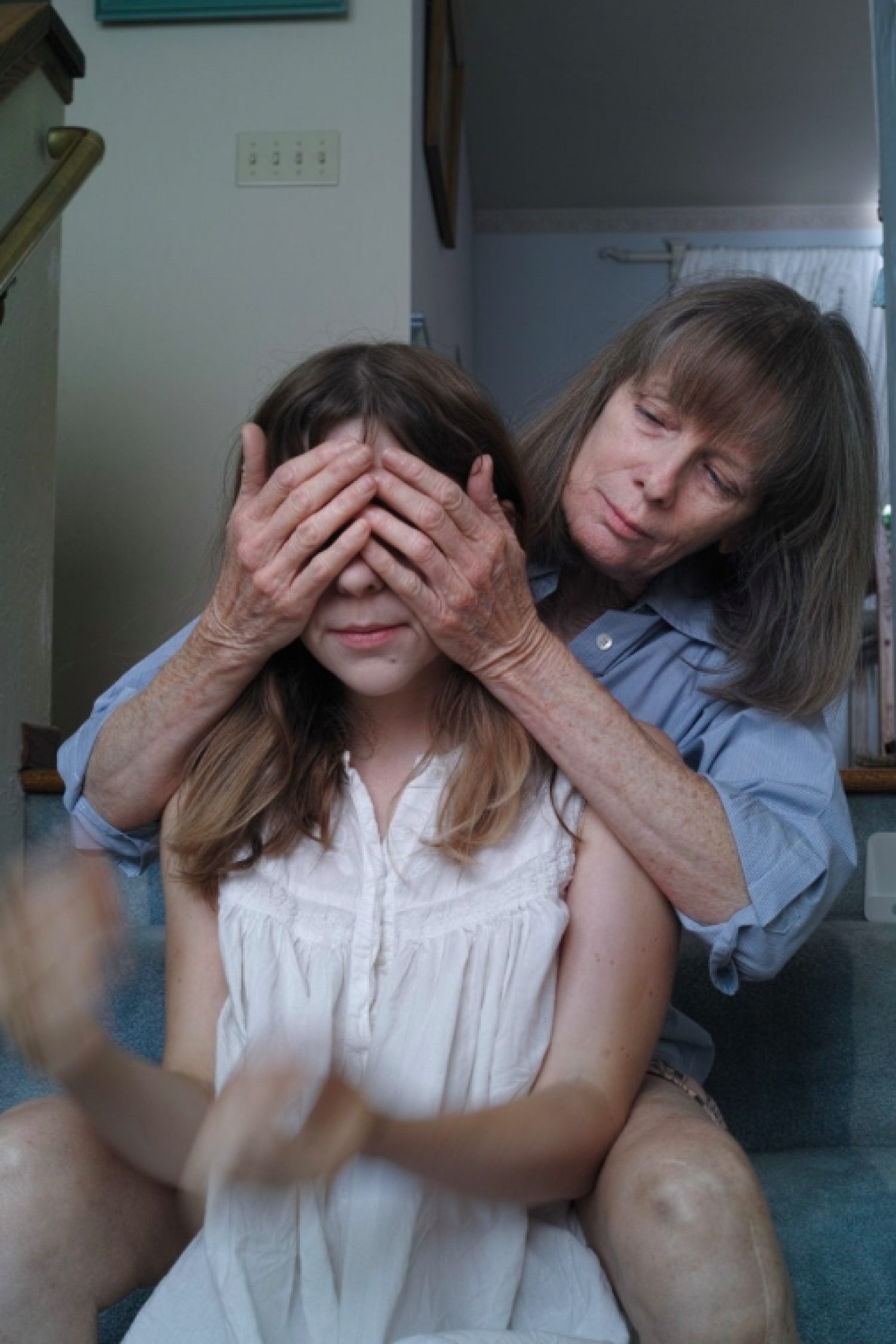
1/12: Elizabeth Hibbard, from the series Swallow the Tail
-
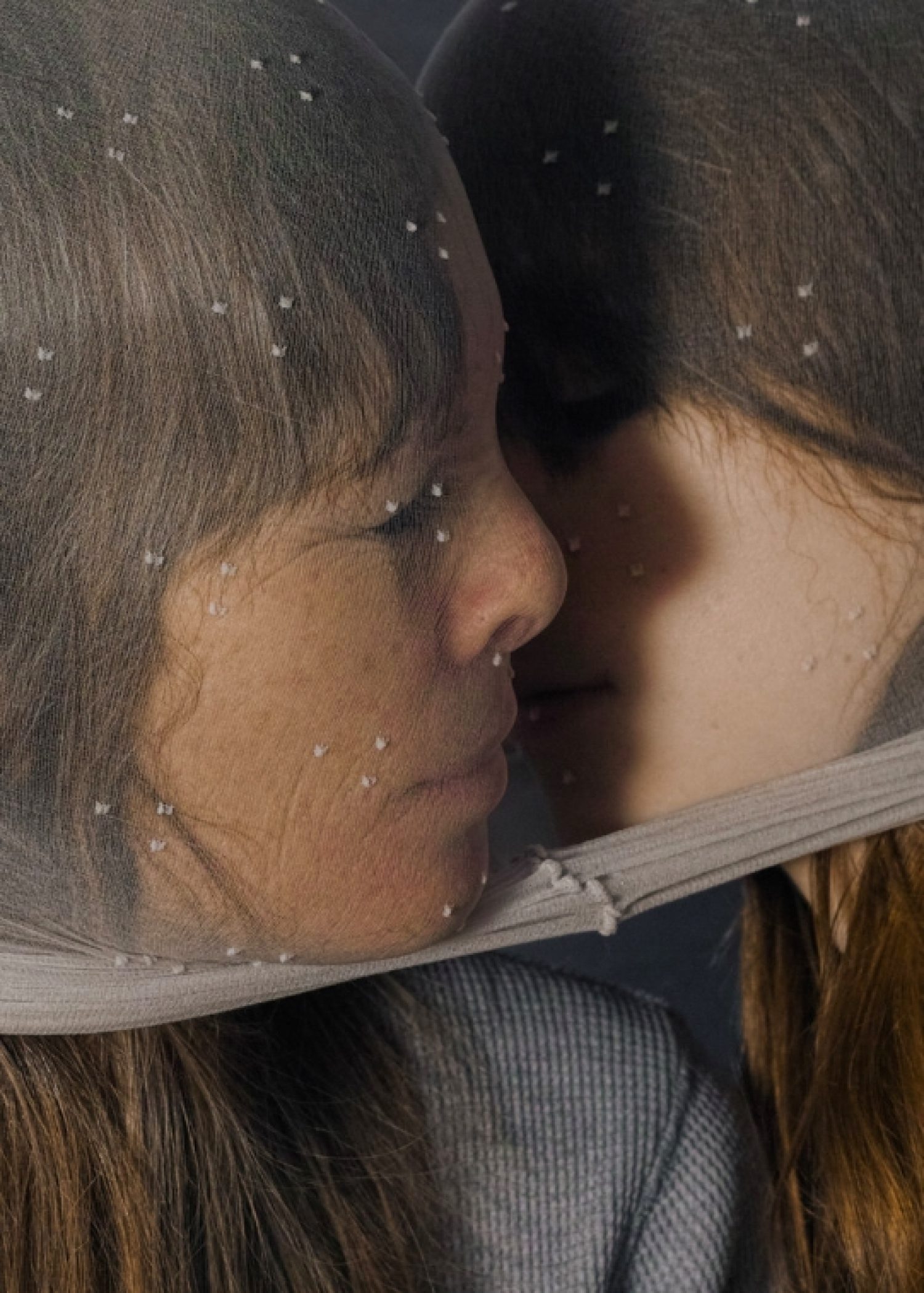
2/12: Elizabeth Hibbard, from the series Dear Mili
-
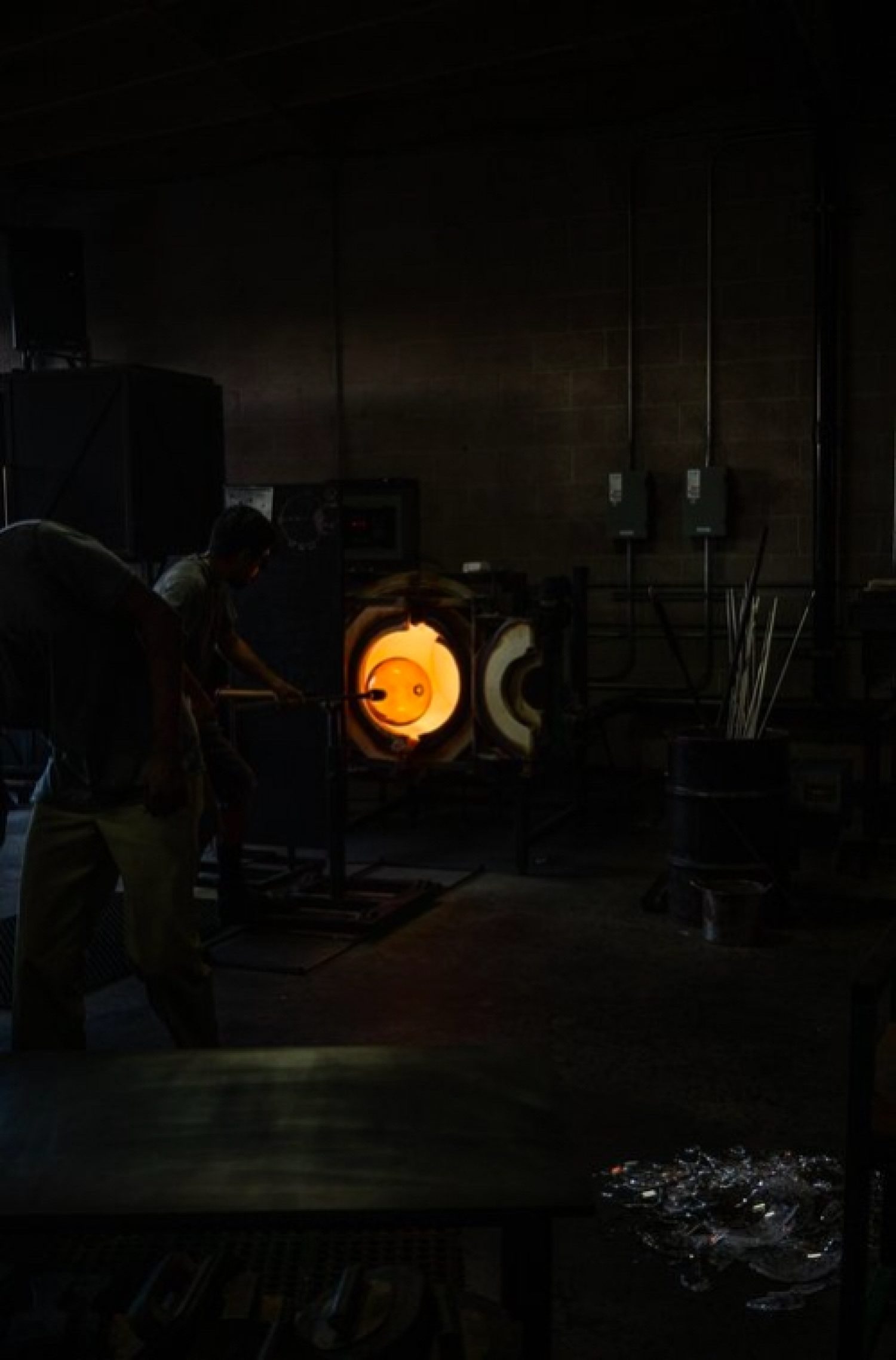
3/12: Elizabeth Hibbard, from the series New Safe Confinement
-
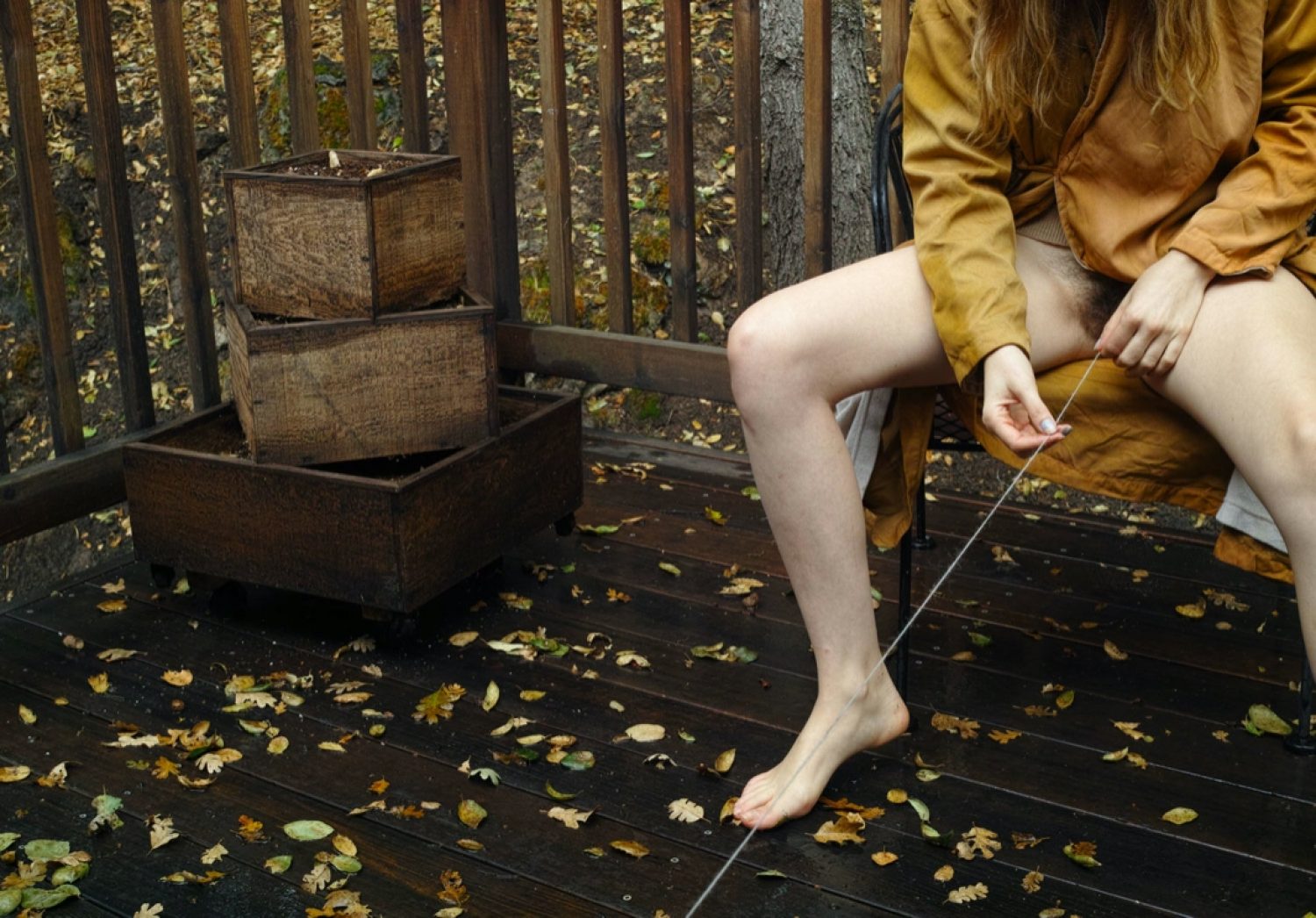
4/12: Elizabeth Hibbard, from the series Swallow the Tail
-
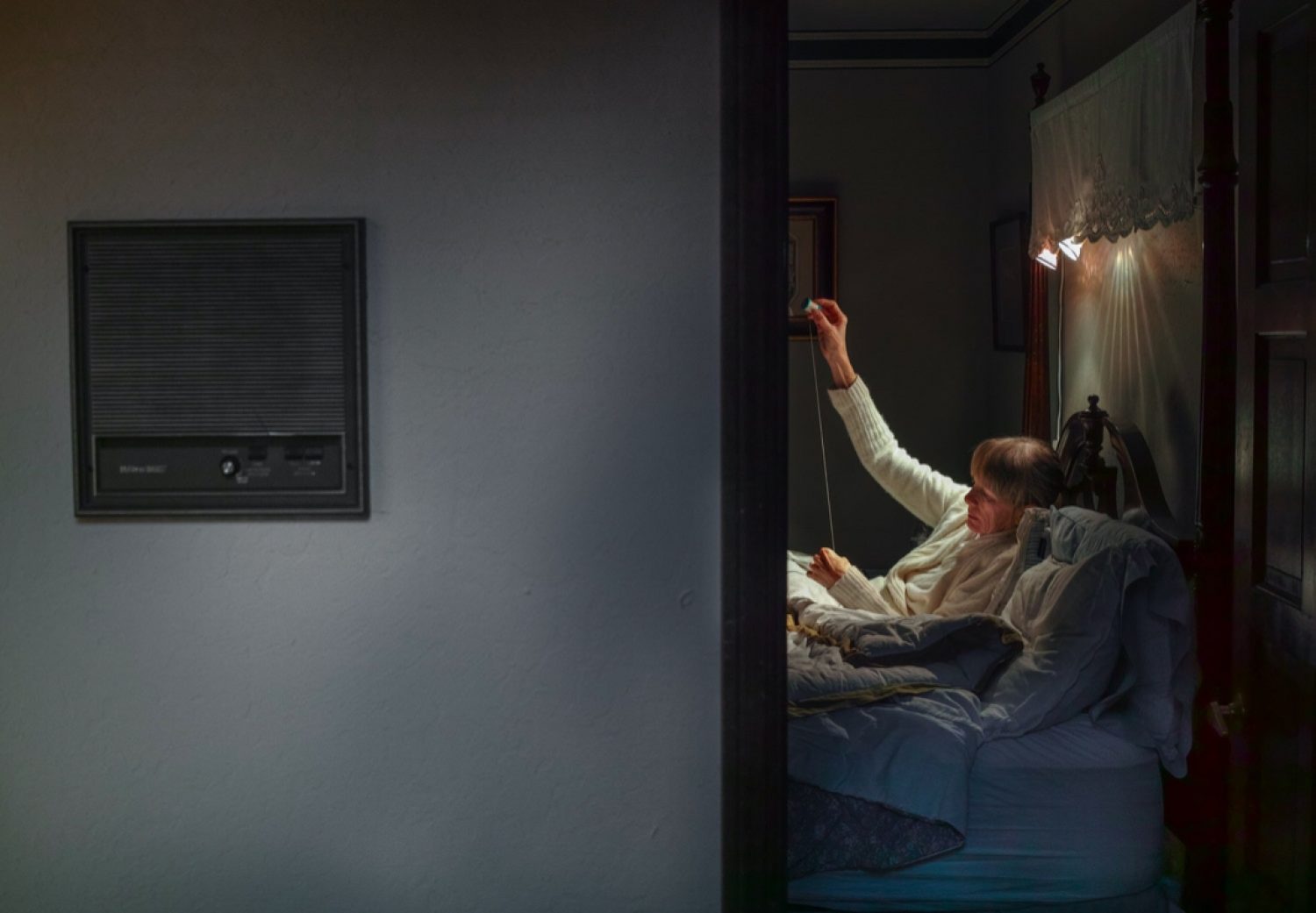
5/12: Elizabeth Hibbard, from the series Swallow the Tail
-
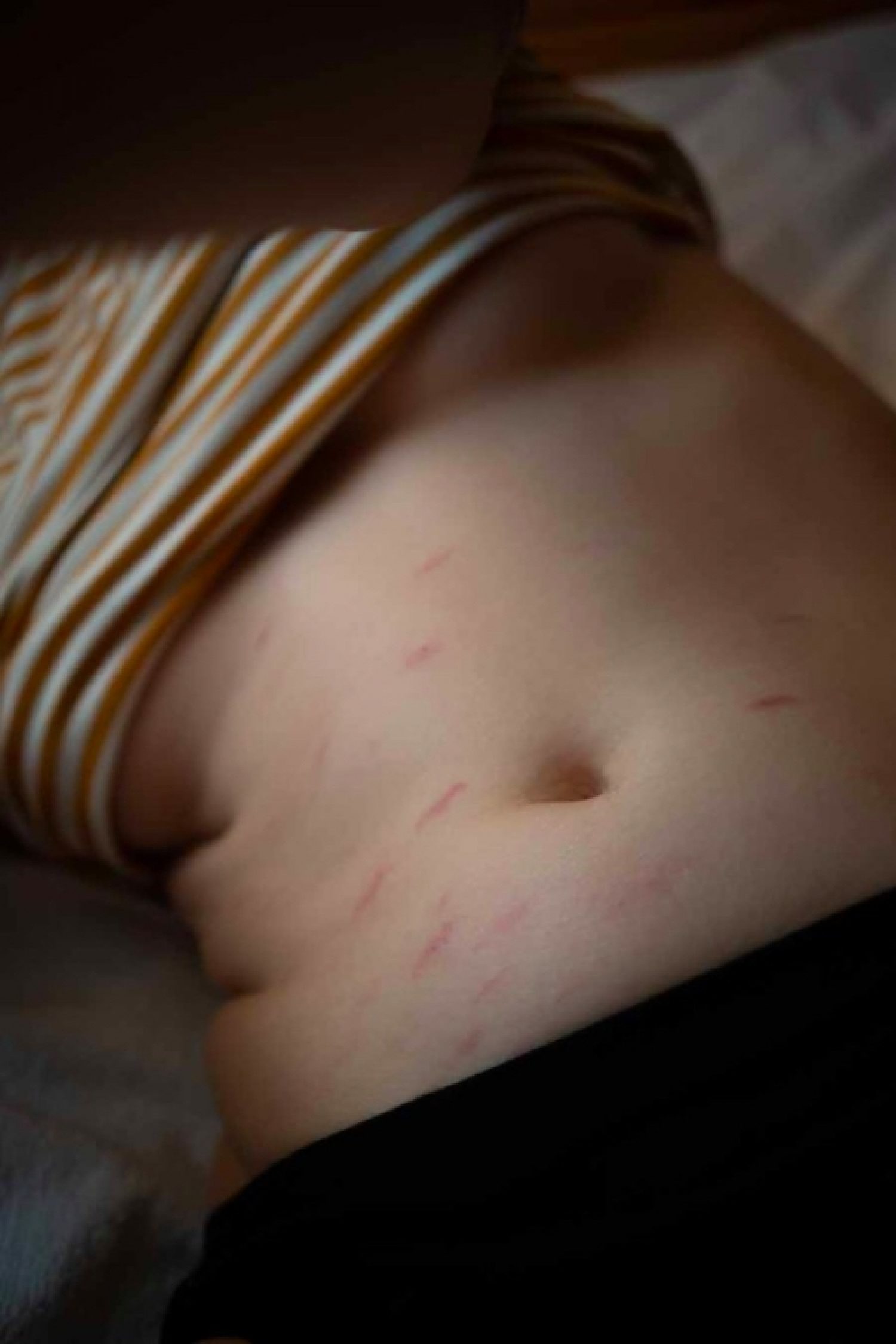
6/12: Elizabeth Hibbard, New work
-
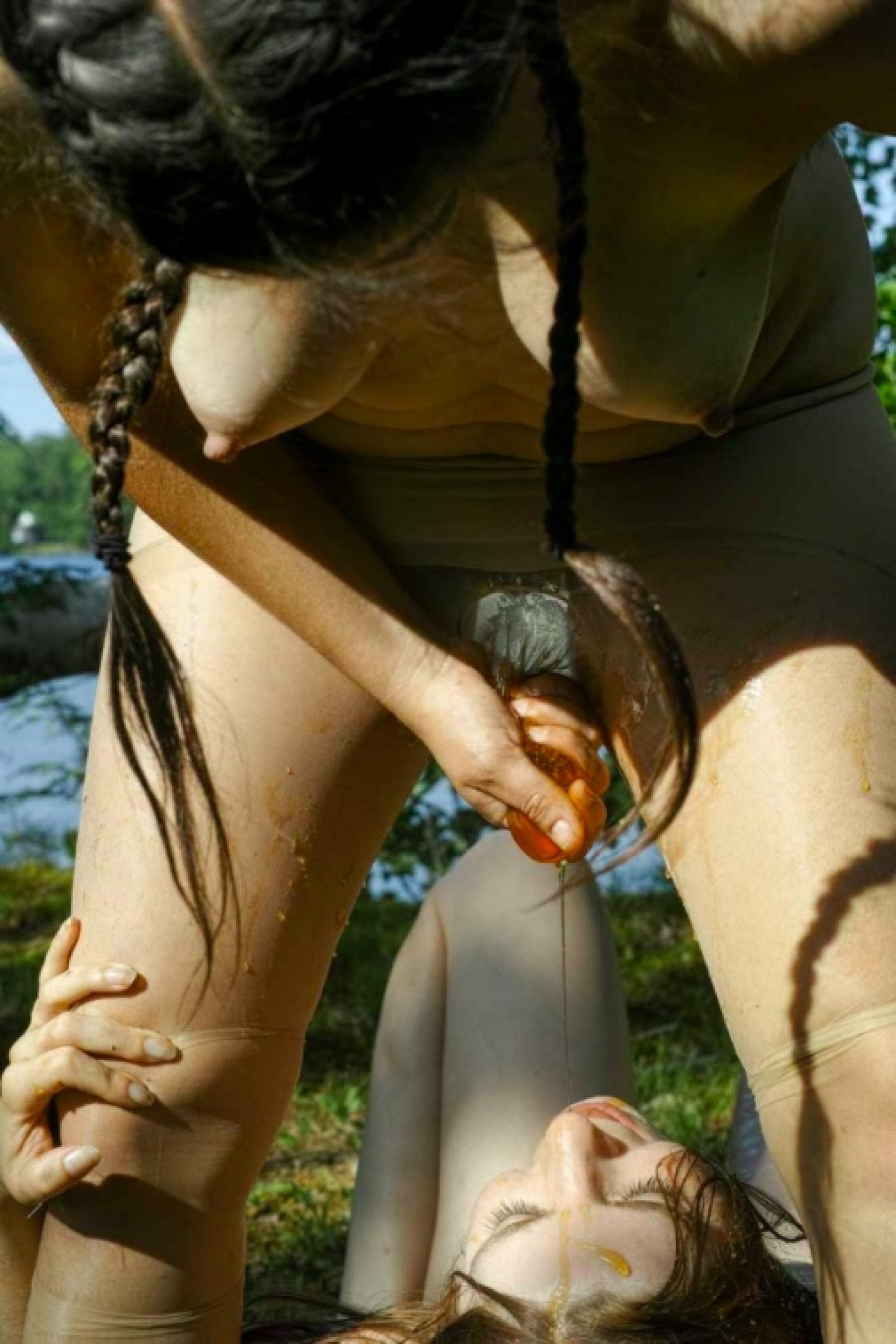
7/12: Elizabeth Hibbard, New work
-
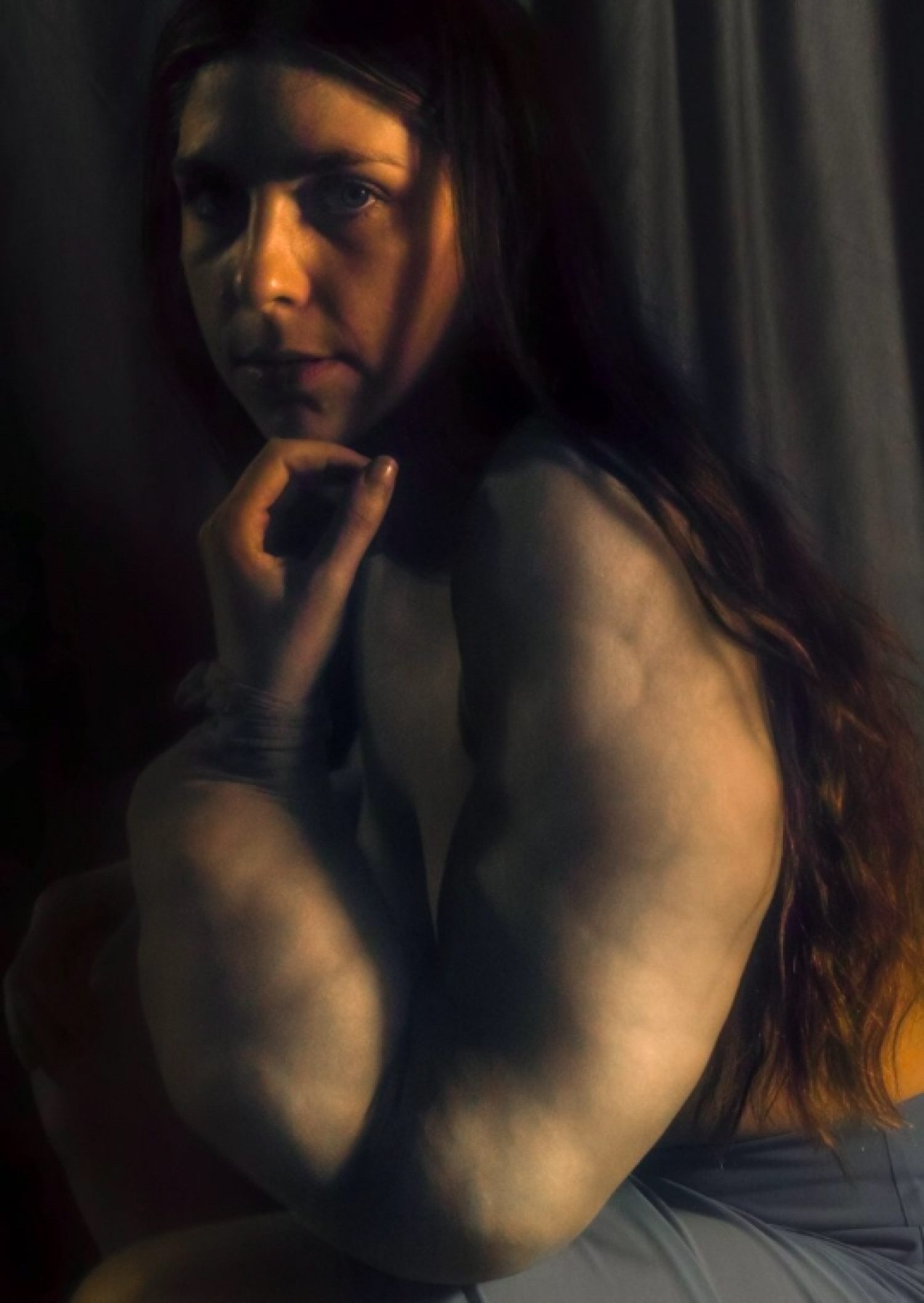
8/12: Elizabeth Hibbard, from the series New Safe Confinement
-

9/12: Elizabeth Hibbard, from the series New Safe Confinement
-
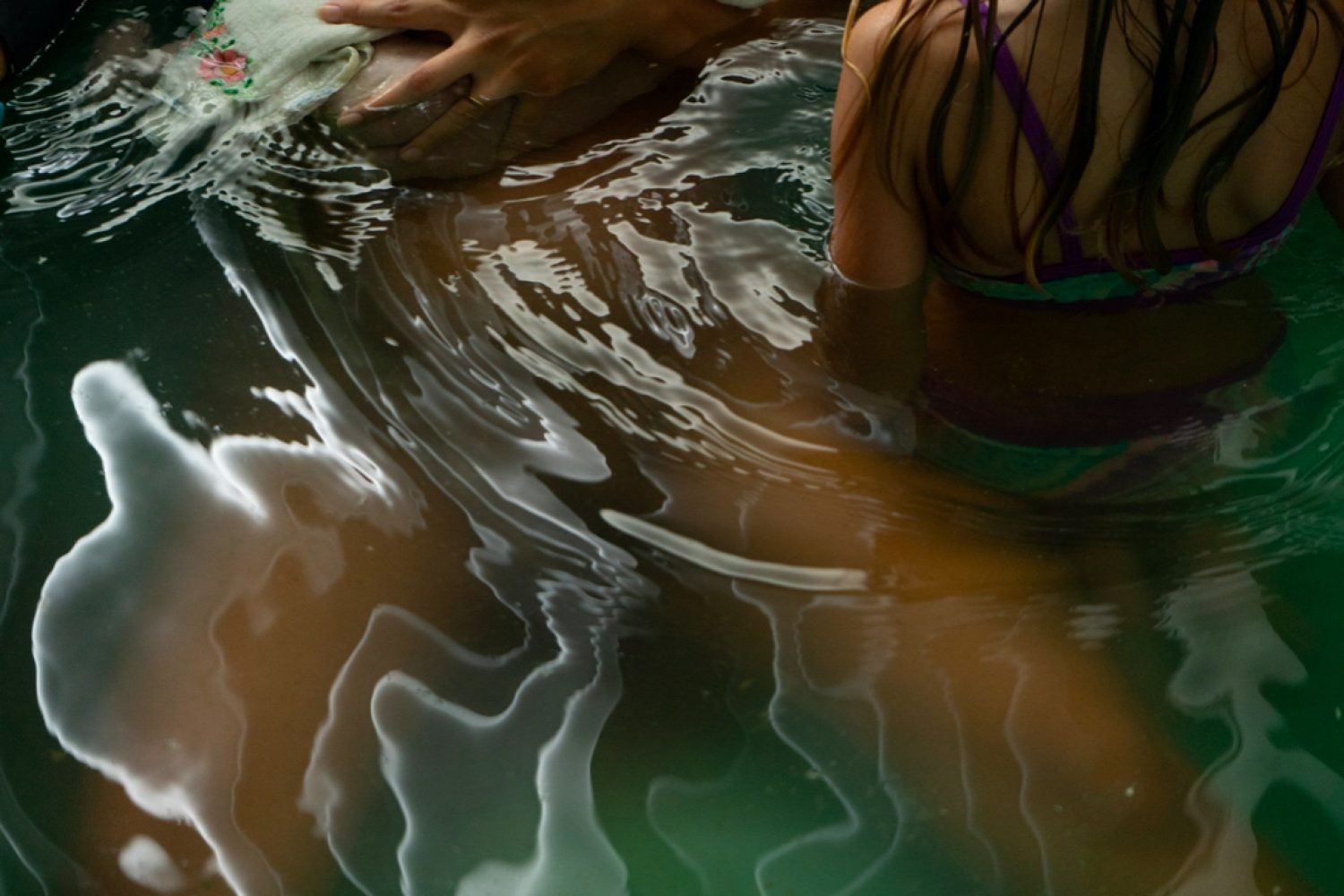
10/12: Elizabeth Hibbard, from the series New Safe Confinement
-
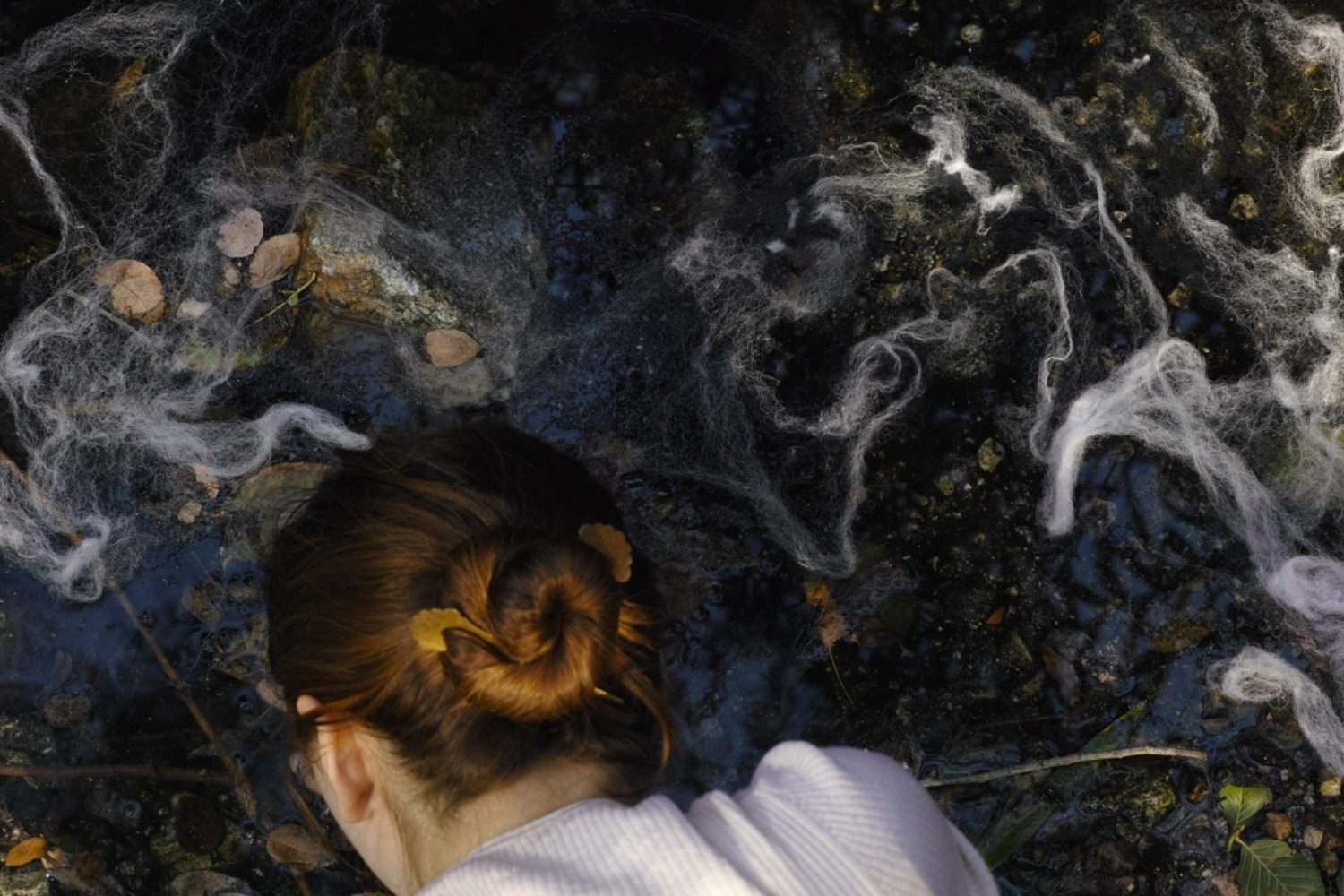
11/12: Elizabeth Hibbard, from the series New Safe Confinement
-
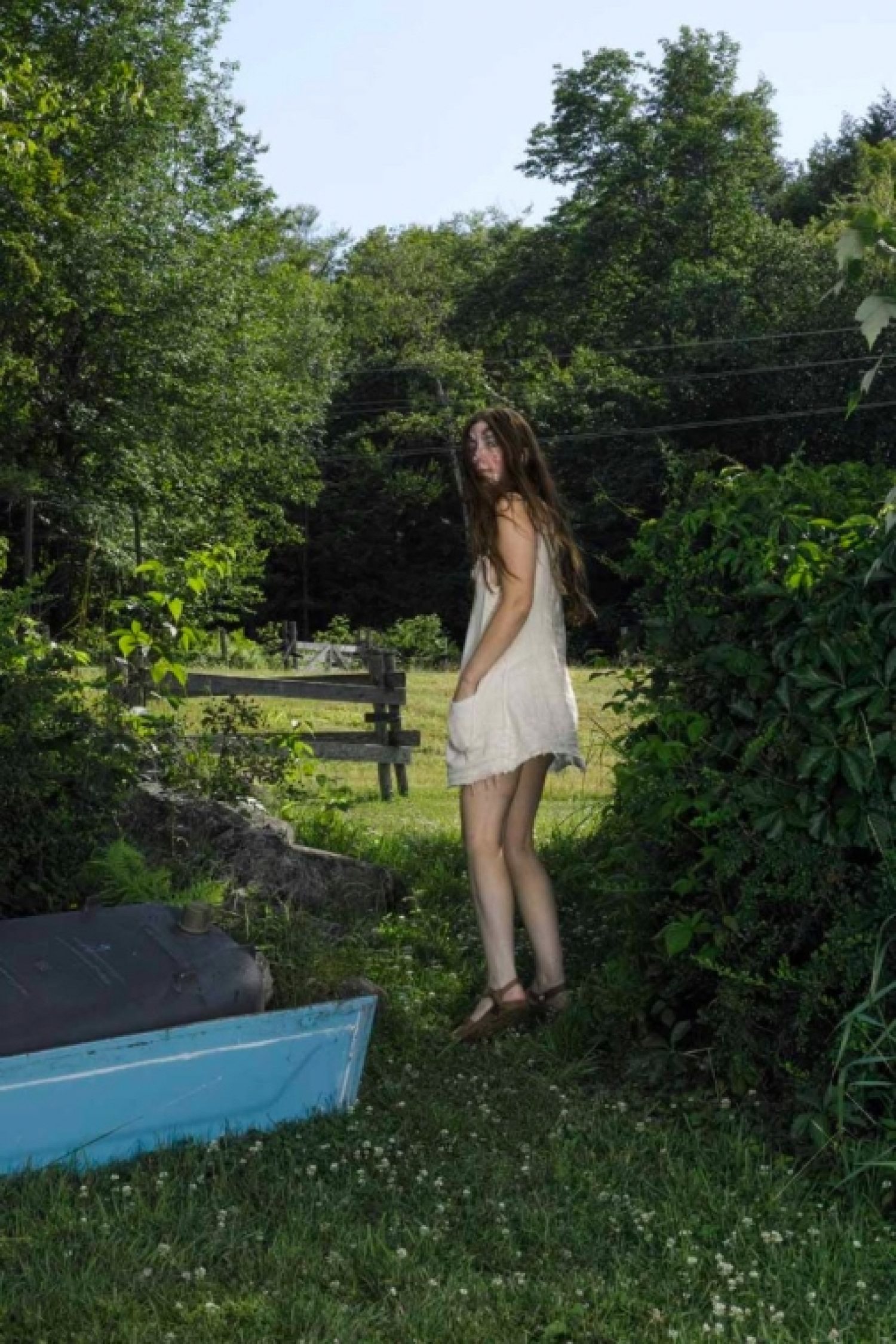
12/12: Elizabeth Hibbard, New work
Elizabeth Hibbard creates images that are often as visually complex as the subjects that they capture. From Santa Cruz, California, Hibbard’s work explores the interrelated themes of psychology, being female-bodied, the mother-child relationship, and liminality. Through her deep questioning of photography’s relationship to reality, Hibbard has created a realm of images that are surreal and mysterious, yet radiate a profound sense of warmth and feel keenly honest about the human experience. Her work is infinitely curious, vulnerable, and evocative. Hibbard teaches us that it is possible to capture an intricate balance between the seemingly unsightly traumas of life and the unequivocal beauty of existence.
Silver Eye Scholar and University of Pittsburgh graduate Noelle Derksen speaks with the artist about her practice.
Noelle Derksen: How did you first come to explore photography?
Elizabeth Hibbard: I was studying cinema, and secretly desired to be a filmmaker, but was not comfortable with the amount of control one ultimately is forced to relinquish to make films with others.
Before I embraced photography in a serious way, I was also taking intaglio printmaking classes, and I think I reached a place in my personal development where the meditative quality of something highly technique- driven had become more of a hindrance to my conceptual goals. I was distracting myself with medium and photography’s immediacy felt like a way of circumventing my proclivity for avoidance.
Photography’ relationship to reality, however tenuous or undefinable that is, or because of that tenuousness, is what continues to draw me in. It’s the cord that I tie to my waist when lowering into the cave, the trail of breadcrumbs into the forest. I fear I would get lost otherwise. The puzzle of how to work within the limitations of that cord is what continues to hold me captive to the medium.
ND: Outside of art and photography specifically, what inspires or sustains you creatively?
EH: I draw a lot from reading about psychology and the history of psychology, particularly depth and somatic models, and although I think it is very much not at all outside of photography the more I’ve considered it, it isn’t necessarily literally related on the surface. They have a lot in common in that they’re both these sort of sociological scrims that touch and connect everything. They’re both methodologies of trying to understand and organize the world and how we relate to one another. I also of course still very much love cinema, and am always learning more about visual world building and how people orient to the world at a given moment from it.
ND: I have noticed that in a lot of your work your mother is present. I believe in one case- you even asked your mother to photograph a portrait of you… What is your interest in including your mother in your practice and how do things shift when she is handed the camera and the control?
EH: My mother was my initial collaborator when I started taking photographs for myself. I had a lot to process around our relationship, and making images gave me the excuse to invite her into that work under the guise of play. As I kept exploring,the labyrinth of doors kept revealing themselves; questions around how one learns to present themselves to the world from their parents, how they relate to themselves, how I learned to be in my body from carefully studying photographs of her when she was younger growing up, how that informed my relationship to my gender presentation and sexuality. I wanted to understand how my identity had been formed and also erased by her, and how photographing could serve as some sort of evidence.
In terms of her relationship to our image-making, it has been an arc. At first, she was frustrated with my inability to direct her; I was fundamentally afraid to say what I wanted from her. Pose like this, wear that, stand here, etc. I had to learn to be more assertive, which was a huge shift between us that I had never felt before.
And then there was her discomfort over her visibility as an older woman. She had modeled a little in her youth, and had come of age in a time where she was really told that her only currency in the world was her youthful beauty. It was almost as if she had decided, at some point in middle age, that she didn’t exist and was invisible. It was a bit of a magic spell to point the camera and re-conjure her into being after a long period of her un-perceiving herself.
And then the way she had held onto notions of how to perform being seen, how to pose, from her youth began to emerge. This felt very ripe, because I recognized ways in which I had been trained by her to inhabit my body in similar ways.
The most pleasurable period in the arc was perhaps when it became a way for me to make it my “work” that I needed her to help me on, by asking her to play with me. We got to be children together in a way that I never really got to as an actual child. I had to create the conditions as an adult for that and propose it under the conditions of a task to be completed.
I was only ever able to convince her to take on the position of photographer once, and I am still trying to untangle what happened in that session. It brought up a lot of new questions about power and vulnerability, she appeared to be much more fearful, resistant, and exposed by that agency than she ever had while serving as subject of mine, and then a sudden shift occurred where she had a very strong directorial voice.The resulting image of myself I found to be unrecognizable as myself, but recognizable as a sort of mask I had to wear during developmental years for her, that looks like images of her in the past.
ND: You’ve said that you want to explore the contradiction of being female-bodied or the idea of unspoken female masochism - could you tell me more about that and how these themes show up in your work? What is the relationship between the camera and the female body in your practice?
EH: In discussions of how different bodies are sites of political projections, we’re in a particularly identitarian moment, which is an important moment and one indicative of social progress; but the more I consider it I prefer to be very specific in identifying my work as only about my body. In my work, my body is an analogy and container for memories, for traumas, for varying iterations of “self.” Not to say that isn’t political, it’s actually impossible for it not to be, but I am also unable to speak for the universality of how those projections might be experienced by those who have been socially shaped by the assigned role of femininity.
Cameras are a pivotal tool of social shaping; Berger’s idea that women watch themselves being looked at still feels very relevant to how we engage with the camera, if not more now than when he wrote it. Seeing myself being seen by a camera felt for a time very related to how I felt myself shaped by the gaze of my mother, that perhaps was in turn a gaze shaped by cameras pointed at her.
However, I think what often feels like it is pointing to a gendered trauma in the types of imagery I am drawn to, I might like to open up to something more expansive with the word “permeability.” There are instances where we trespass against one another, and traumas are inflicted, but we are also made aware of our permeability in those interactions. But as I continue, I am more comfortable with the idea that there are also moments of freely inviting that blurring of our subjectivity; I feel this phenomenon is often central to what I am interested in trying to make images about now.
ND: I saw on Der Grief some passages that you wrote, each correlating with a specific photograph of yours, and I was curious about if you consider writing/poetry a part of your practice? Do you tend to write before or after capturing your images and how do you feel these writings inform your work?
EH: I write fragmentarily to process things so that I can translate them visually. I find I work best when I am journaling regularly, tracking my dreams for imagery and symbols, noticing patterns in where my mind gets occupied. I think at that time I was playing with the idea that these fragments could supplement my work in a more formal way, but I have yet to determine the most suitable container for that. In many ways, photography has served as somewhere to hide from the determinism of language for me historically. Photographs can be so much more slippery in some ways, but then language, like painting, can also live completely independent of reality in a way photographs cannot fully ever, but I have to work on being less ashamed of lying to utilize that tool.
ND: In your work you have mentioned exploring liminal spaces. Do you more so actively try to stage these liminal spaces that you have described or do you come across them by chance? How much of your work is staged/planned vs spontaneous?
EH: Like I was saying before, I think there is a liminality that is sort of inherent to photography in its slipperiness between the world outside and world construction of my interior. I love the way in which photographs, even the most straightforward ones, are tricks by nature of being imitations of the world but not at all the thing itself. Indexicality.
I’ve put a lot of work into challenging myself when I get stuck in a binary way of looking at anything. So much gets lost in that very natural impulse to simplify things into black and white thinking. As I continue to develop my artistic voice I am more comfortable allowing the grey areas to emerge, I think of it as more a process of more and more trusting my subconscious and being attuned to that, and in turn relinquishing the controlled way of constructing my images sometimes, but it is always a mix, moving in that direction.
ND: What are you currently exploring or what do you want to do next?
EH: I have been dancing around a pull towards mark making and the surface interacting with photographic space but I think out of fear of getting distracted from my content by changing the form again, I’ve never fully let myself fully be subsumed by this way of working. I am gathering my courage to make a whole body of work with encaustics on photographic surfaces, rather than one here or there every few years. I am also starting a depth psychotherapy masters in the fall, to better develop my understanding of the lineage of thinking from the world of psychology that has informed my work so much, and to hopefully eventually have a concurrent practice of helping others navigate their own shadow realms.
ND: Is there anything else you would like to tell me about yourself or your work?
EH: James Welling called my images with my mom 'funeral home pictures' when I arrived with them at graduate school; I’ve been reflecting about that lately, how it was true then and if it still is. The process of mourning in my earlier works has made room inside myself and my body for the new, for the present, to ooze in around the trash and guts. Through this process, there is even room made for some joy. So, I suppose that I hope it is traceable that the universe of my images is expanding in complexity to encompass more of this in the present moment.
Participating Artist
Elizabeth Hibbard is an artist from Santa Cruz, CA. She attended University of California, Santa Cruz for her undergraduate degrees in Fine Art and Film and Digital Media and completed her MFA from Yale School of Art in 2020. Her work deals with themes related to family, gender performance, psychoanalysis, the body, and how the act of photography can conceptually mirror the structures of these relationships.